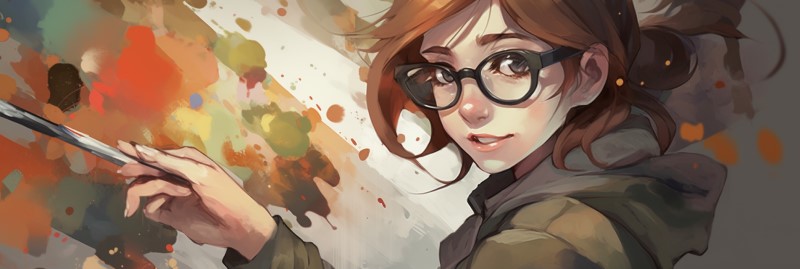A World of Shapes and Colors:
Inspiring Elementary Students with the Art of Paul Klee, Piet Mondrian, Wassily Kandinsky, and Yayoi Kusama
Show them stuff then let them play.
Art is a universal language, a powerful tool for communication, and an effective medium for learning. For our young, creative minds in elementary school, an exploration of shapes and colors in art can open up new avenues for self-expression and a deeper understanding of the world. By taking inspiration from master artists like Paul Klee, Piet Mondrian, Wassily Kandinsky, and Yayoi Kusama, we can guide children in creating their own unique works of art.
Paul Klee: Playing with Colorful Shapes
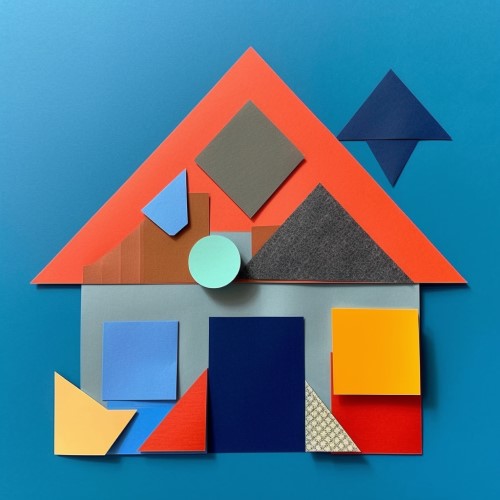
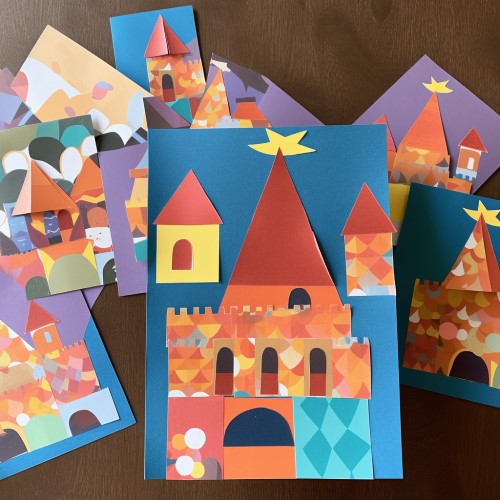

Paul Klee, a Swiss-born painter, is famous for his unique approach to shape and color. His abstract works often resemble a patchwork of color, with simple shapes coming together to create complex compositions. Klee once said, "A drawing is simply a line going for a walk." This quote can be a wonderful starting point to discuss with children how a simple line can transform into different shapes, and how these shapes can interact and combine to create a whole picture.
To inspire children to create their own Klee-style artwork, start by introducing them to some of his works. Show them how Klee used geometric shapes like squares, triangles, and circles in his paintings. Next, provide them with a variety of materials – colored paper, scissors, glue, and markers. (Gently) encourage them to cut out shapes from the colored paper and arrange them on a sheet to create their own abstract compositions. Remind them there's no right or wrong way to do this – the goal is to have fun and express themselves!
Piet Mondrian: Simplifying with Primary Colors and Lines



Next, we venture into the minimalist world of Piet Mondrian. A Dutch artist, Mondrian is known for his abstract works that primarily feature rectangles and squares in primary colors (red, yellow, and blue) plus black and white. He believed in representing the essence of things through simplicity of form and color.
Introduce children to Mondrian's art by showing them some of his most famous works, like "Composition with Red Blue and Yellow." Discuss how Mondrian used straight lines to divide his canvas and filled the resulting rectangles with primary colors or left them white.
For a Mondrian-inspired art project, provide children with white paper, rulers, and markers or colored pencils in primary colors (or secondary colors) and black. Ask them to draw straight lines intersecting at different angles to create a variety of shapes. Then, invite them to color in some of the shapes with primary colors, leaving others white. (or just shush and let them create however they're inspired to)
This activity will not only help them understand Mondrian's artistic style but also reinforce their understanding of primary colors and geometric shapes.
Wassily Kandinsky: Expressing Emotions Through Abstract Art


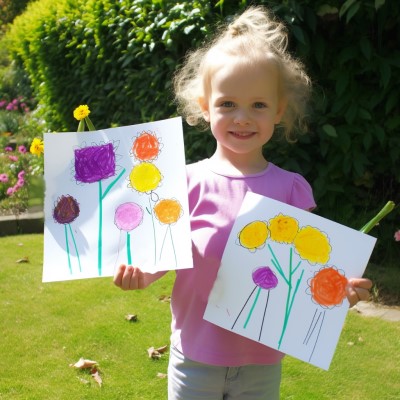
Often considered the father of abstract art, Russian artist Wassily Kandinsky used basic shapes like circles, squares, and triangles in his paintings to express different emotions. He believed that colors and shapes could provoke certain feelings, just like notes and chords in music.
Introduce Kandinsky's work to the children and discuss the emotions they feel when they look at his paintings. Ask them what shapes and colors they would use to express different emotions. Then, provide them with paper, paints, and brushes and encourage them to create their own abstract paintings, using shapes and colors to represent their feelings.
Yayoi Kusama: Exploring Infinity with Dots
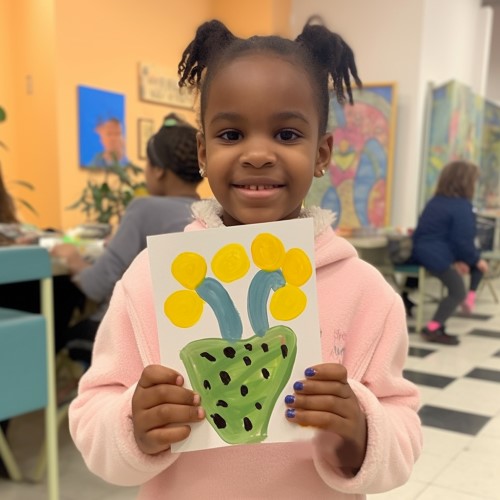

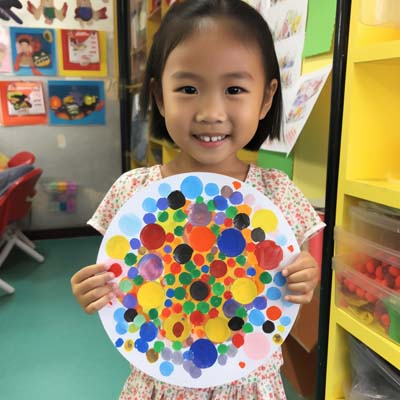
Finally, let's travel to the vibrant world of Japanese artist Yayoi Kusama, who is famous for her use of polka dots. Kusama's work is bright, colorful, and can be incredibly engaging for young students.
Introduce children to Kusama's art and discuss how she uses polka dots to create patterns and a sense of endless repetition. Her "Infinity Nets" and "Infinity Mirrored Rooms" installations can be particularly fascinating for kids, demonstrating how simple dots can create an immersive, infinite experience.
For a Kusama-inspired project, you could encourage children to create their own "Dot Art." Provide them with paper (or even 3D objects, like buttons or stones or paper mache balls) and a variety of paint colors. Ask them to use a brush or even their fingers to apply dots of paint all over their paper or objects, creating patterns or just letting the dots flow randomly.
As children work on their projects, remind them to think about how different colors can create different moods or effects. For instance, warm colors like red and yellow might make their art feel energetic and lively, while cool colors like blue and green could create a calming effect. Remember that color response has some cultural differences and allow children to express themselves their own way
Conclusion
Teaching art to elementary students using the works of masters like Paul Klee, Piet Mondrian, Wassily Kandinsky, and Yayoi Kusama can be an enlightening and enriching experience. These artists, with their unique ways of exploring shapes and colors, provide a treasure trove of inspiration for young, budding artists.
As children engage with these artists' works and create their own inspired pieces, they'll learn much more than just art techniques. They'll learn to express themselves, to observe the world closely, and to appreciate the beauty in diversity and creativity. They'll discover that art is not about perfect representation but about personal interpretation and expression. And most importantly, they'll learn that in art, as in life, there are no mistakes – just unique creations waiting to be discovered.
So, let's take our young artists on this colorful journey, exploring the world of shapes and colors through the eyes of these master artists. Let's inspire them to create, to learn, and to enjoy the wonderful world of art. After all, as Pablo Picasso said, "Every child is an artist. The problem is how to remain an artist once we grow up."
Let's help them keep the artist in them alive!
Leanne
